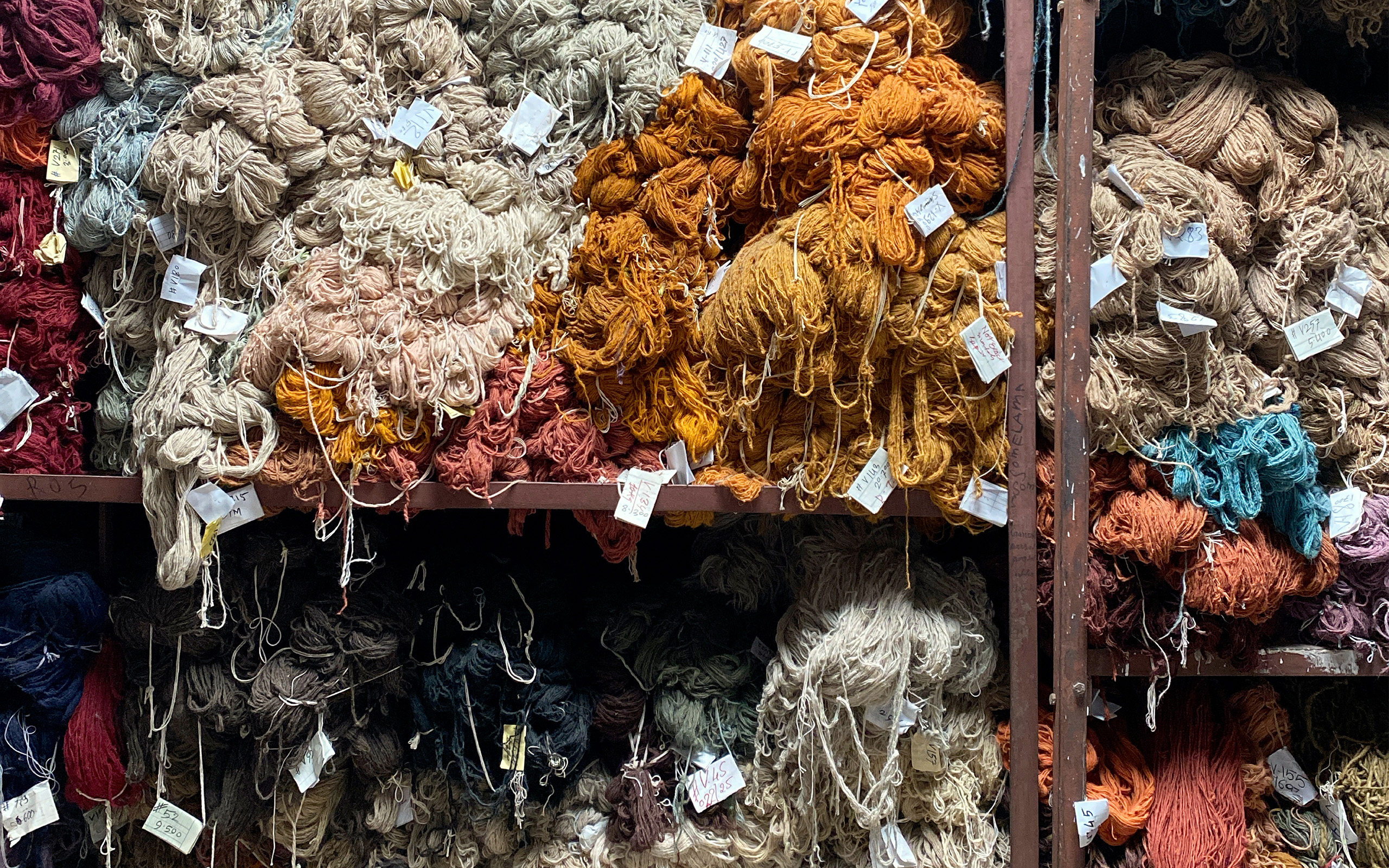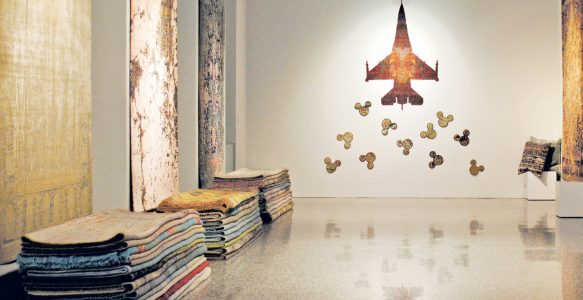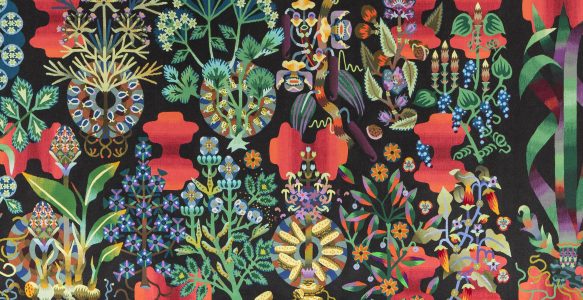Context | Handknotted Nylon Part 2 of 5
Humanity does not, and likely will not ever know precisely when weaving and knotting of handknotted carpets first started. Certainly Persia played a role, as have other regions of the world, including of course Tibet. The latter being the origin of the technique now being employed by Sarawagi Rugs of Kathmandu, Nepal to create the first handknotted carpet made of ECONYL® regenerated nylon. Designed by Isobel Morris, it is a prototype which begs the question: ‘What more can be done to improve the environment of the planet, while satisfying the needs and wants of rug and carpet consumers?’
















